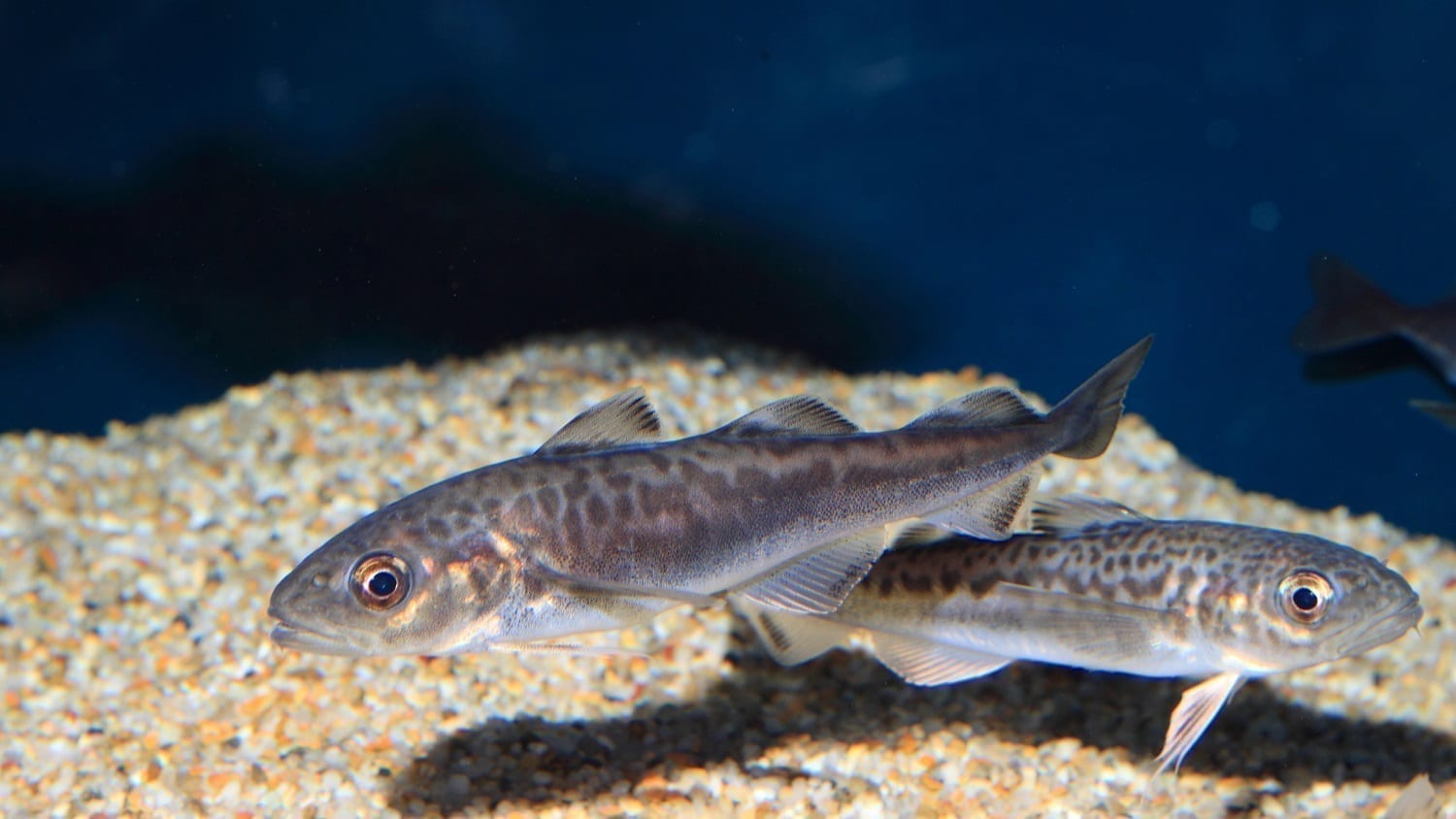Have you ever wondered how a cold-blooded fish could live in the oceans near the polar ice? How a fish whose body temperature is the same as the near-freezing water in which it lives can even survive? I did, and this is what I found.
The icefish lives in the cold waters off the Antarctic coast and grows to the length of 20 inches. Because of the saline properties of the ocean waters, the freezing point is 28F, and this is the temperature at which this fish thrives. In fact, if the waters warmed up just 6 degrees, this fish would feel uncomfortably warm.
Flash Frozen
An icefish that is swimming near the surface may bump into ice, or it may swallow small amounts of ice while drinking. When a typical cold-blooded animal that is supercooled touches ice, sudden freezing occurs. God created the icefish with a biological antifreeze: glycoproteins in its body fluids that surround ice crystals and prevent them from growing.
There is another, incredible way our Creator God has given the icefish the ability to withstand ocean waters that are just above freezing.
No Hemoglobin
Fluids have a problem with low temperatures. Most fluids become thicker or more sticky as the temperature drops. The thickness of normal blood more than doubles as the temperature gets close to freezing, and blood is already three times thicker than water. Blood at a few degrees above freezing is 8 times thicker than water at the same temperature. The thickness of very cold blood makes it extremely difficult for the heart to pump this blood through tiny capillaries.
But that’s not the case for the icefish because it lacks red blood cells with their oxygen-carrying pigment hemoglobin. This is amazing because hemoglobin usually carries 90% of the oxygen in the bloodstream of vertebrates with the remaining 10% being dissolved in the water in the blood. It is hard to imagine how any vertebrate could live without hemoglobin.
How Does the Icefish get the Oxygen it Needs?
Solids like salt and sugar dissolve better in warm water, but most gasses are different. Oxygen is more soluble in cold water than in warm, so this is an advantage to the icefish. But that in itself would not be enough; the blood volume of this fish is 2–4 times more than for a red-blooded fish of the same size. This means that 10% becomes 20–40%.
Having more blood requires a larger pump, and this fish has a greater heart size than most fish of comparable size and a greater stroke volume, the volume of blood pumped in a single heartbeat. In fact, an icefish’s stroke volume is 10 times higher than for a red-blooded fish of similar size.
The icefish also has more small blood vessels in their scaleless skin and fins that can absorb oxygen directly from the water. 30–40% of this fish’s oxygen needs are absorbed across the skin and the gills take in the rest.
The blood vessels in the gills are unusually large so that blood flows through the gills rapidly and more oxygen is absorbed. In animals with red blood cells, the tiny capillaries flow through the gills or lungs, forcing the red blood cells to squeeze slowly through them and allowing enough time for the hemoglobin to absorb oxygen.
Keeping the Budget Low
Besides adding in as much oxygen as possible, the icefish is extra careful how much it uses. This fish just doesn’t move around much, because, the less you move the less oxygen you need.
This fish basically sits on the ocean floor waiting for its next meal to come within striking range.
When it does swim, it does so slowly to use the least amount of oxygen possible. Most fish propel themselves through the water with their tail, but this uses more muscle power, which means more oxygen.
The icefish uses a less-muscle approach to swimming. When it swims it uses its pectoral fins, which are the broad fins on the side of its chest. These fins in effect trace a figure eight through the water. The pectoral fins are vertical, so, during the power stroke, this movement will drag water backward and downward to create thrust. The tail simply steers the fish and only forcefully propels the fish for brief dashes when it catches prey or escapes predators.
Bloodless Bonus
Besides functioning well in such cold conditions, the blood of the icefish is colorless and slightly cloudy, allowing their bodies to be translucent with the exception of a few vertical lines of dark spots. This is an effective camouflage that helps them capture prey and keeps them hidden from predators.
Did God create the Icefish as we see it today?
Were there near-freezing waters off the coast of an ice continent at the beginning of creation? In all likelihood, no. Researchers have found fossils of fern leaves on Antarctica, so we know that before the flood of Noah’s day the world was much warmer.
So why do we have such an incredible fish? The icefish kind most likely lived in warmer waters before the flood, but our all-knowing Creator God put in this fish’s genetic code information to adapt to a near-freezing watery environment.
But ask the animals, and they will teach you, or the birds of the air, and they will tell you; or speak to the earth, and it will teach you, or let the fish of the sea inform you. Which of all these does not know that the hand of the Lord has done this? Job 12:7-9







